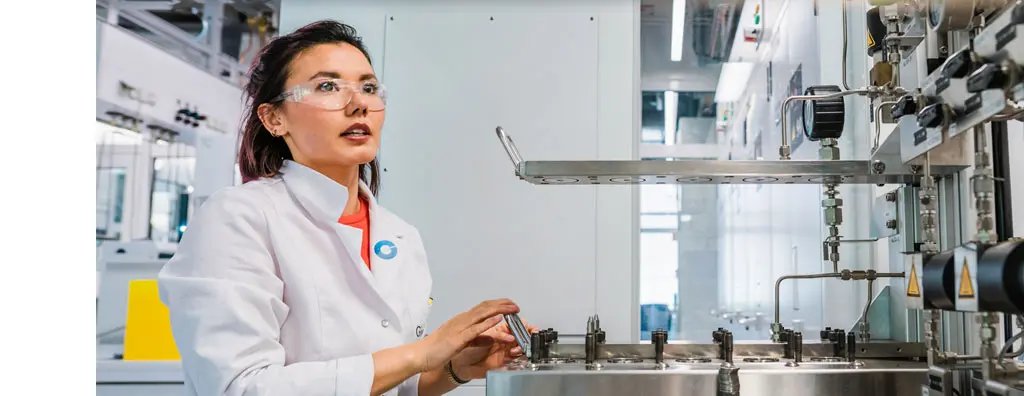
Crafting the future of fragrance with distinctive molecules

Component content
At Givaudan, we use cutting-edge chemistry and biotechnology to develop pioneering fragrance molecules.
Inspiring perfumers’ creations with our passion and scientific expertise
We accompany our customers in their search for novel and market-friendly fragrance solutions, extending our excellence from our customers to consumers.
Leveraging Givaudan’s leading position in the development of high performing fragrance molecules, advancements in olfactive chemistry and cutting-edge manufacturing processes, our scientists and research teams provide molecules that enable endless opportunities for a wide variety of fragrance applications.
Driven by passion and innovation, we aim to provide a spectrum of fragrance molecules that cover every olfactory family and address the technical challenges of all product categories.
Expertise and technology in molecules
Component content
Our expertise and technology in molecules
From research – with sustainability in mind – to production.

Production capabilities
Delivering high-quality fragrance ingredients to our customers all around the world.

Science and technology
Developing new ingredients for our perfumers to create new olfactive signatures for Givaudan.

Sustainability parameters
Protecting our planet, colleagues, customers and consumers.
Library of molecules
Component content
Fragrance molecules